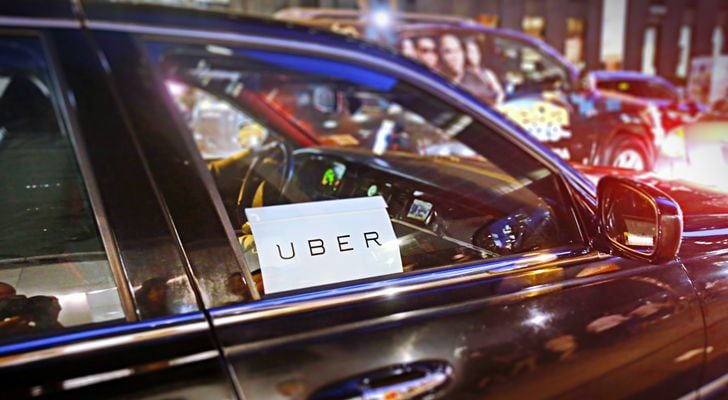The timing of the news couldn’t have been less fortunate, or more damaging. Just one day after ride-hailing outfit Uber posted a GAAP profit (and dramatically curbed its non-GAAP loss), investors learned the automated braking system installed on a self-driving vehicle that struck and killed a pedestrian in March had been intentionally disabled by Uber.
The news put a damper on the approximately $500 million secondary private offering in the works that will allow early investors and insiders to partially cash out of their stake in Uber. It doesn’t exactly set the stage for a successful IPO rumored to be coming in 2019 either.
The question is, now what?
One Quarter Does Not a Trend Make
Technically speaking, privately-held Uber posted a $2.5 billion profit last quarter, according to financial reports served up to a limited number of followers. Stripping out the profits it turned on the sale of its Southeast Asian division to rival Grab and its Russian arm to search engine Yandex NV (NASDAQ:YNDX) though, the bottom line was pared back to a loss of $304 million.
Still, that’s almost half the loss the company booked for the same quarter a year earlier, and revenue of $2.5 billion was up 67% year-over-year.
It’s promise for a company that desperately needed to show some.
Though well-known and well-utilized, Uber has struggled to prove it operates a viable business model. Early investors include Alphabet Inc (NASDAQ:GOOGL) and Softbank Corp/ADR (OTCMKTS:SFTBY), underscoring the company’s apparent promise.
Since those initial investments though, support has waned. Alphabet is now also helping to fund Uber rival Lyft, while Softbank is hedging its bet by also investing in Lyft
, and China’s version of the ride-hailing companies called Didi Chuxing.
This small bit of progress doesn’t necessarily mean Uber will be able to move into the black anytime in the foreseeable future.
Questions Surface About Uber’s Viability
While March’s fatal accident in Arizona was horrifying, it was more of an indictment of Uber’s autonomous car ambitions than of ride-hailing in general. But, the crash may have been more damning than it seems on the surface.
Uber is trying to do something wildly difficult. That is, digitally centralize the management of workers that operate independently all over the country. That’s an expensive undertaking in itself, but also messy. The company’s suffered black eyes by employing more than a handful of former felons in violation of state laws. And though most have been fine, more than 100 Uber drivers have been accused and 31 have been convicted of sexual assault or abuse while on the job.
Part of the impasse is that Uber drivers, when all is said and done, just don’t make that much. A recent estimate suggested drivers earn between $8.55 and $13.04 per hour, and realistically average (after all expenses) about $9.21 per hour. Some jobs pay less, but the company isn’t going to attract and retain the number of marketable, reliable drivers it needs unless pay rates improve.
And there’s the rub. Uber has been able to cull expenses as it scales up, leading to last quarter’s sizeable improvement in revenue. But, its biggest headache — drivers — may also be its biggest expense. The ‘business model,’ which relies on cheap labor, may or may not be viable in the long run.
That’s a big part of the reason Uber was exploring the use of autonomous cars. But, with its self-driving operations in Arizona now shutting down following the fatal impact, the future of that hope is in question.
Looking Ahead for Uber
Maybe these questions will be answered by next year, when the company is expected to finally go public. But, maybe the answers will be less thrilling than hoped.
Worse, there’s an X-factor that could throw another variable into the equation.
To date, though Lyft and Uber (and Didi Chuxing in China) have been competitors, there’s been room enough for all. That’s starting to change now though, ands Uber is finding it can’t penetrate meaningful markets as easily as it has in the past. Local, and locally-oriented players, are catching on. A price war will only exacerbate existing challenges, particularly in terms of attracting quality drivers.
Whatever’s in store, Uber’s got a lot of PR work to do and a lot of growth potential to prove — on both the top and bottom lines — in just a few quarters if it wants to maximize the potential of an IPO next year. One can’t help but wonder if this is another case, like Groupon Inc (NASDAQ:GRPN), where a company waited too long to go public, giving investors a chance to find every flaw when they shouldn’t have been looking for any.
As of this writing, James Brumley did not hold a position in any of the aforementioned securities. You can follow him on Twitter, at @jbrumley.

